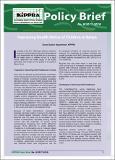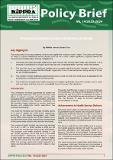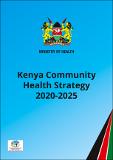| dc.description.abstract | Although child healthcare receives enormous attention from governments,
households and international organizations in developing countries, the
economics of child healthcare in Kenya remain unexplored, denying this field
the tools of analysis that could lead to optimal decision making. Good health in
children requires significant amounts of resources. Healthcare providers will
need to provide quality service while household will need to access health facilities
to achieve maximum health benefits.
This study identifies and measures determinants of child health seeking behaviour
in Kenya, using a multinomial logit model. The study analyzed four choices:
public (government) hospital, mission (private not for profit) hospital, private
(private for profit) hospital and other treatment facilities not in the three
presented cadres. Out of a 100 children who seek advice for fever, 44 visit public
health facilities , 10 visit mission hospitals or clinics, and 25 visit private health
facilities. The remaining visit other facilities for healthcare, including herbalists,
shops and community health workers. The study findings reveal that distance to the health facility, sex of child, total
number of siblings, mother's level of education, and mother's age determine the
choice of facility for seeking advice for fever. As observed in most studies, the
mother's level of education is strongly linked to child survival... | en |




